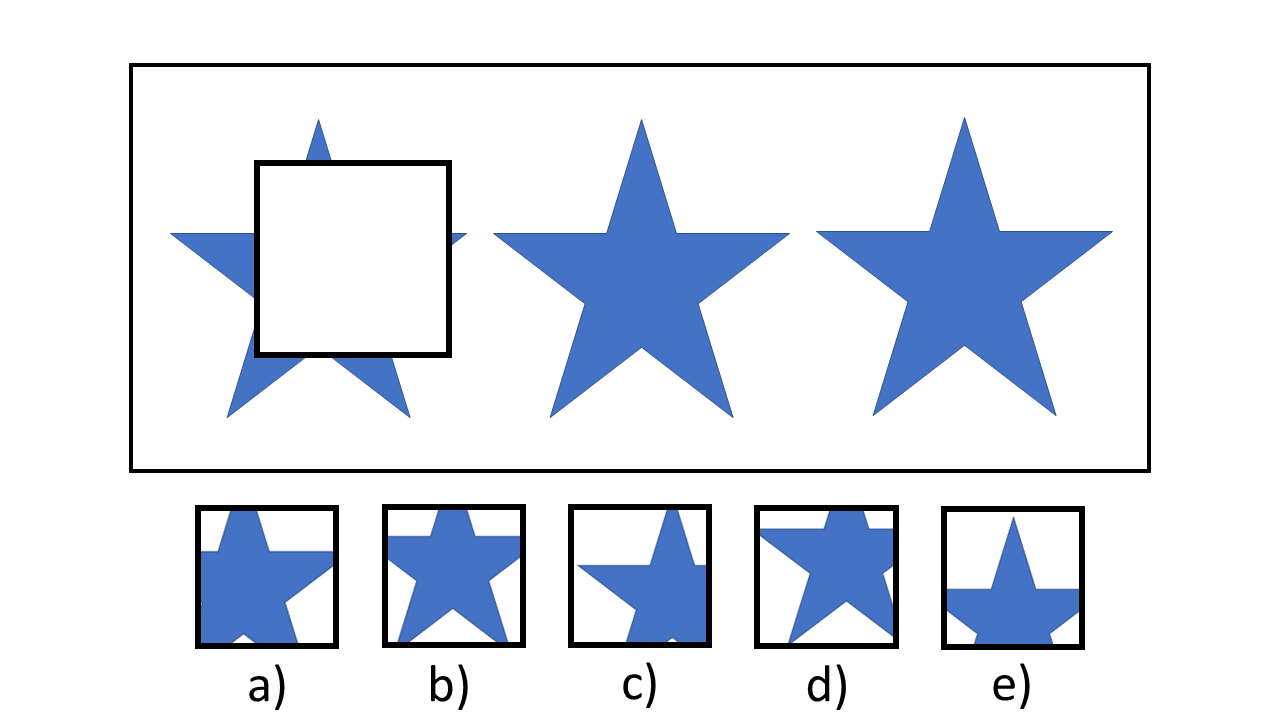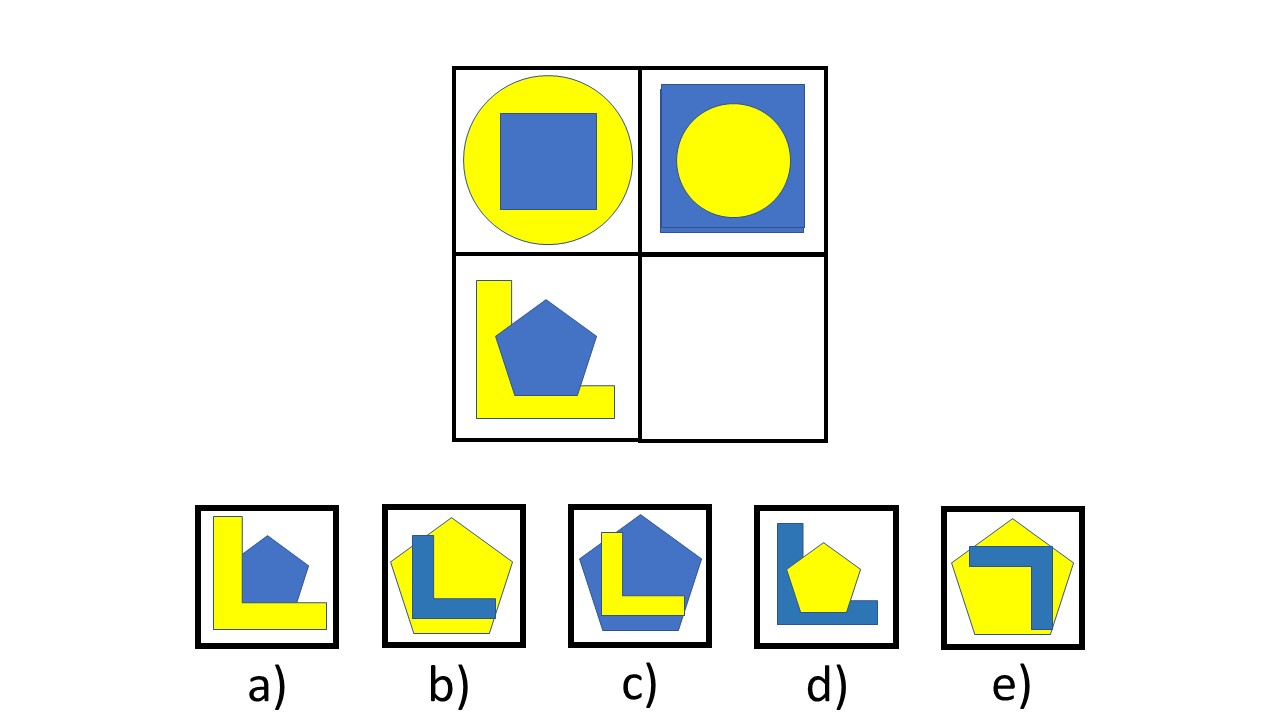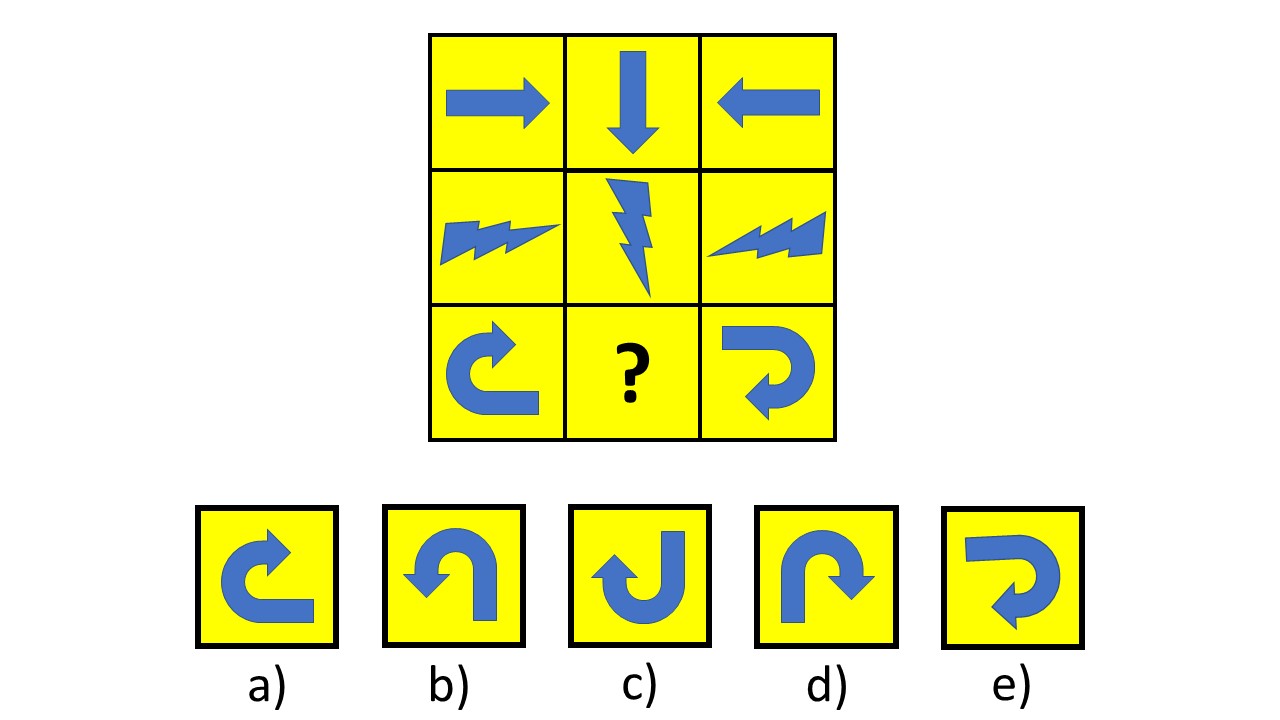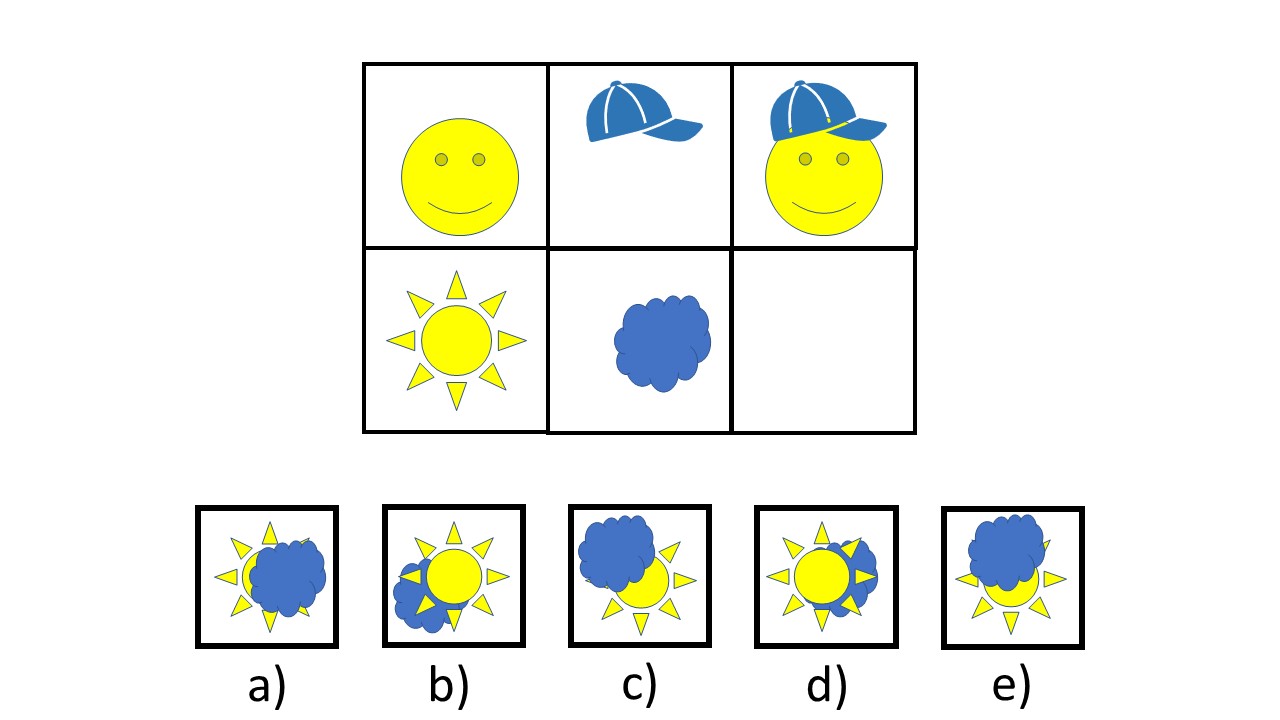The Naglieri Nonverbal Ability Test (NNAT) – Guide for 2025
All products and services featured are independently selected by WikiJob. When you register or purchase through links on this page, we may earn a commission.
- What Does the Naglieri Nonverbal Ability Test Assess?
- What Can You Expect When Taking the Naglieri Nonverbal Test in 2025?
- Testing Levels for the NNAT
- NNAT Question Types and Examples (2025)
empty
empty
empty
empty
- How Is the Naglieri Nonverbal Test Scored?
- What Is a Good NNAT Score?
- How to Prepare and Practice for the NNAT in 2025
empty
- Final Thoughts
One of the most used non-verbal tests for identifying giftedness in children is the Naglieri Nonverbal Ability Test (NNAT), first published in 2004.
Designed by Jack A. Naglieri and published by Pearson Education, the Naglieri Nonverbal Ability Test is a group-administered aptitude test.
It is used primarily in the US as an entrance exam for K-12 students (ages 5 to 17) for admission onto gifted and talented programs.
The NNAT is considered a gold standard for unbiased scoring as it isn’t influenced by a student’s primary language, educational history, cultural background, socioeconomic status or by color/motor/hearing/vision impairments.
Because of this, the NNAT is viewed as one of the fairer tests for minority groups.
What Does the Naglieri Nonverbal Ability Test Assess?
The NNAT is a difficult test. It assesses problem-solving skills and non-verbal reasoning skills in children.
The NNAT assesses a child’s level of intelligence without the need for speech, reading or writing skills.
The NNAT is mainly used to identify gifted children for gifted programs and schools. However, nonverbal assessments can be used for a range of reasons.
It is also a useful tool to identify the abilities and strengths of any child or young person with:
- English as an additional or second language
- Delayed speech or communication
- Difficulty reading or understanding speech
- Difficulties in following instructions
It is an excellent tool to identify those children who may be negatively impacted due to language development but who excel in nonverbal skills and abilities.
Children who score highly on the NNAT can be placed in a learning environment that will further support their education.

What Can You Expect When Taking the Naglieri Nonverbal Test in 2025?
There are three different versions of the test; however, there is no difference in the question types or scoring methods between them.
The NNAT3, the most current version, has 48 questions and takes 30 minutes to administer.
Students typically take about 30 seconds to complete each problem.
The test is generally administered in a group format and can be done in person or online.
The administrator typically reads out the question and the test-takers choose their answers. The questions progressively become more difficult.
The NNAT uses minimal language and written directions, uses abstract shapes and designs, and minimizes the number of colors used. Many images use only two colors (blue/yellow).
Testing Levels for the NNAT
The NNAT has seven different levels, A to G, for different ages of children and is administered by grade level.
Each NNAT level doesn't necessarily test across all four types of questions.
For example, the NNAT Level A test for the Kindergarten grade only includes Pattern Completion and Reasoning by Analogy questions.
See the chart below for all levels and question types:
| Grade | Level | Pattern Completion | Reasoning by Analogy | Serial Reasoning | Spatial Visualization |
|---|---|---|---|---|---|
| Kindergarten | A | ✓ | ✓ | ||
| Grade 1 | B | ✓ | ✓ | ✓ | |
| Grade 2 | C | ✓ | ✓ | ✓ | ✓ |
| Grade 3–4 | D | ✓ | ✓ | ✓ | ✓ |
| Grade 5–6 | E | ✓ | ✓ | ✓ | ✓ |
| Grade 7–9 | F | ✓ | ✓ | ✓ | |
| Grades 10–12 | G | ✓ | ✓ | ✓ |
NNAT Question Types and Examples (2025)
There are four question types for the Naglieri Nonverbal Ability Test.
Pattern Completion
The child is presented with a design in a rectangle. Inside the larger rectangle, there is a missing piece. The child must choose the best answer from the given options that would best fit into the missing piece of the rectangle so that the design is complete.
1. Look at the design in the large rectangle while paying attention to the missing square.

Which of the answer choices completes the pattern?
Reasoning by Analogy
Students are given an image and will be asked to recognize the relationships between the various geometric shapes.
They are usually shown four to six boxes containing different objects or images.
The test-taker needs to recognize the relationship between the shapes and determine how they change across the rows and columns of the design.
Once they note the pattern and see how it changes, they can choose which of the provided answers comes next in the sequence.
The student will need to pay close attention to aspects of the design such as the shape, color and pattern of the image.
2. Look for the relationship across the rows and columns.

Which is the missing piece?
Serial Reasoning
Students are given a series of shapes with one empty box and the student is asked to find the next option in the sequence.
The boxes are laid out as a nine-box matrix of geometric shapes in a 3x3 grid.
The test-taker needs to understand how the geometric shape changes as you move across the rows and columns.
3. From the given options, identify which image completes the pattern by noting how the series changes across the rows and columns.

Spatial Visualization
Students need to combine or manipulate two or more shapes to determine how the resulting image or figure will look as it moves across the rows and columns.
The child must identify the rule in the top row and predict what will happen in subsequent rows.
These are some of the more difficult questions as it can be hard to recognize the ways each shape intersects or how the rotation involved works.
4. In the first row, if you combine the first two pictures, they would look like the third picture.
Choose which answer shows how the two pictures in the bottom would look after they are combined in the same way?

How Is the Naglieri Nonverbal Test Scored?
After your child has completed the NNAT, you will receive a scoring report with the test results (approximately two months later).
NNAT scores are based on the child’s age level and not their grade.
The NNAT score you receive will have a few different numbers but there are three main score interpretations.
These are:
-
The Raw Score – The total number of questions that are answered correctly. For example, the NNAT3 has a total of 48 questions, a score of 28/48 means that your child answered 28 questions correctly.
-
The Naglieri Ability Index – The raw score is converted to a normalized standard score referred to as the Naglieri Ability Index (NAI). This is done by comparing the score your child received against scores achieved by other students who are born within a three-month age range. An average NAI score is 100 and the maximum is 160. The scores are normalized so that 68% of students in the general population will receive an NAI score between 84 and 116.
-
The Percentile Rank – This refers to the student’s performance compared to the scores of a national sample of students of a similar age. For example, a 6-year-old student with a percentile rank of 75% did as well or better than 75% of other 6-year-old test-takers.
At a school level, the percentile rank can be used to compare an individual student’s test performance against a nationwide sampling of similarly aged students.
The percentile rank and the NAI can work together – for example achieving an NAI score of 116 is converted to 84 in the percentile rank, meaning that 84% of students achieved NAIs of 116 or lower.
Similarly, an NAI of 100 represents a percentile rank of 50.
The percentile rank is a very useful interpretation of the NNAT. However, it should not be confused with the percentage that was answered correctly.
Additionally, as the scores for the NNAT are normalized and scaled, the difference in ability between 90 and 95 percentile ranks is much greater than ranks 50 and 55.
This is characteristic of a normalized distribution curve where there are many scores at the middle and relatively few scores at the extremes.
There are two other score interpretations:
- The Statine Scale – A simplified version of the NAI scale
- The kNormal Curve Equivalent – Similar to the NAI scale but with an average score of 50 and percentiles of 1 to 99
These score interpretations are usually used by educational administrators or to assess a child’s performance over a range of tests.
What Is a Good NNAT Score?
Different districts or educational institutions have unique sets of criteria for entry into their gifted and talented programs.
There is no specific goal or target score required to qualify. Your best strategy would be to contact the establishment you are interested in to find out what the required qualifications are.
How to Prepare and Practice for the NNAT in 2025
Test-taking can be an anxiety-inducing situation for anyone and especially for a child.
The NNAT includes types of questions that a child may not see in their school lessons. This is why it is important to familiarize your child with the NNAT before they take the test.
There are many practice exams your child can complete to help them prepare for the type of questions encountered during the NNAT.
Playing online games is another great way to help your child get used to the questions they will be asked during the test.
Preparing for NNAT: Top Tips
- Start your test prep about two to four months before you take the test and practice a little each day.
- Practicing sample questions and practice questions will help improve your child’s general ability and test scores.
- Play pattern, puzzle and sequencing games. For younger children, we recommend the use of jigsaw puzzles.
- To understand spatial visualization, use a hole punch to punch holes in colored paper and see how the paper appears folded and unfolded.
- Observe patterns and sequences in real life and point out patterns to younger children.
- Familiarize your child with the types of questions asked on the NNAT. It is important to make sure your child understands the directions given to them by the administrator so they don't misunderstand what they are meant to do.
- As there are no extra points for finishing the test early, the child should take their time to look at all the answers and choose the best answer for the question.
- Official guidelines recommend that students do not guess. Random guessing can compromise the validity of their score; however, as there is no penalty for a wrong answer, the student should answer all the questions rather than leaving them blank.
- Finally, keep things positive so your child doesn’t feel test anxiety and help them have a good eating and sleeping routine before the test.
Final Thoughts
As the NNAT is comprised of visual diagrams and puzzles, it doesn't presume that a child’s intelligence is solely based on their reading, speaking or writing skills.
Research has also indicated that children from all demographics tend to score equally well on the exam making it a fairer and more neutral test.
However, one of the main criticisms of the NNAT is that it appears to have a lot of score variability, meaning that the result may not be a complete picture of a child’s intelligence and may overrepresent or underrepresent index scores.
As with any intelligence test, it's important to remember that your child’s intelligence cannot be graded by one type of test or even a group of tests as it doesn’t always provide a complete picture.





